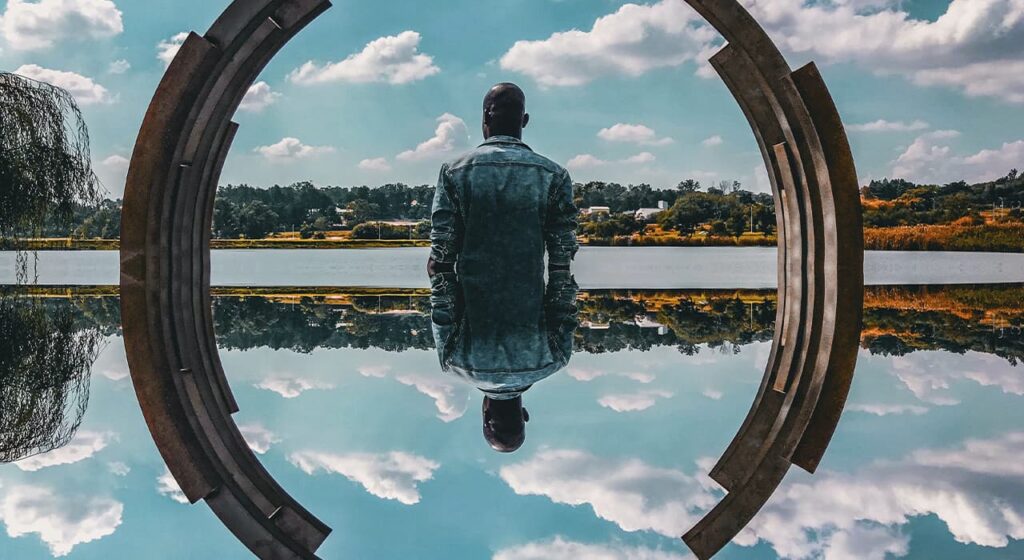The original accelerated development of sculpture was given by the same modern architecture, the principles of which were the management of free space and light with the help of the latest technical means and materials. Spatial sculpture is today the most dynamically developing art form.
Also modern sculpture gradually acquired a new feature – dynamism (kinetic sculpture), and with the arrival of modern technology and new materials, it is no longer associated with any special technical skills of the sculptor.
Historically any sculpture was defined by its two main elements – mass and space. In modern style sculpture, these elements lose their former importance. Monolithic forms are giving way to light and transparent constructions made of all kinds of materials that allow the sculptor to capture the effect of movement in space.
Such elements as volume (including negative), surface texture, play of light and color become the key elements in the visual palette of the modern sculptor.
The structure and expressiveness of the surface of modern sculpture is especially important, as it gives an idea of the internal structure of the sculpture itself, as well as determines its interaction with the surrounding space, thus acquiring a metaphysical meaning. The curved convex surface demonstrates integrity, completeness and the presence of inner power.
The concave surface, on the contrary, shows the invasion of space into the sculptural mass, its disintegration and destruction. Flat surfaces give an idea of the stiffness of the material, its immunity to pressure from inside and outside.
The sculptor may also use several types of surfaces in the same object to demonstrate the instability and struggle of internal and external forces that often accompany the processes of growth, expansion in space.
Unlike a painter who creates light effects with the colors of his painting, the sculptor must operate exclusively with external light directed at the sculpture, distributing incoming light and creating shadows across the surface of his work.
This is why it is always important for the sculptor to understand in advance where his work will be placed. Thus, Indian sculptures look best in bright natural light, and the work of Gothic sculptors – in semi-darkness and dim light of medieval cathedrals.
There are two opposing trends in the color of the sculptures. Sculpture of our day most often involves revealing the natural color of the materials used. At the same time, some sculptors cover their works with bright colors, sometimes far from non-natural shades, which, in fact, is a continuation of historical traditions.
Today it has become difficult to define the boundaries between modern sculpture and ceramics or metalwork. The roles of the sculptor and the industrial designer are often indistinguishable – sometimes sculptural techniques are used in design, for example in the development of the body of a new car.
